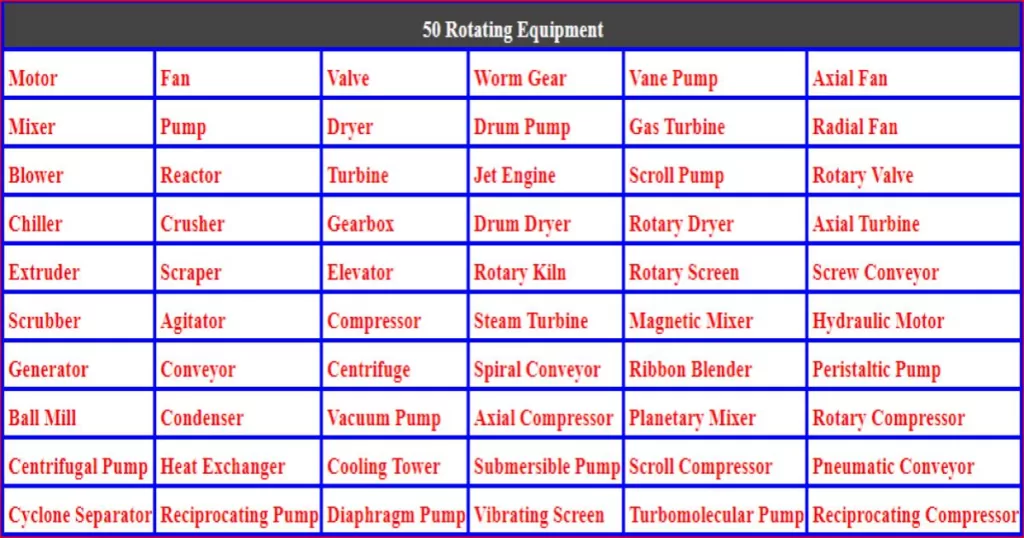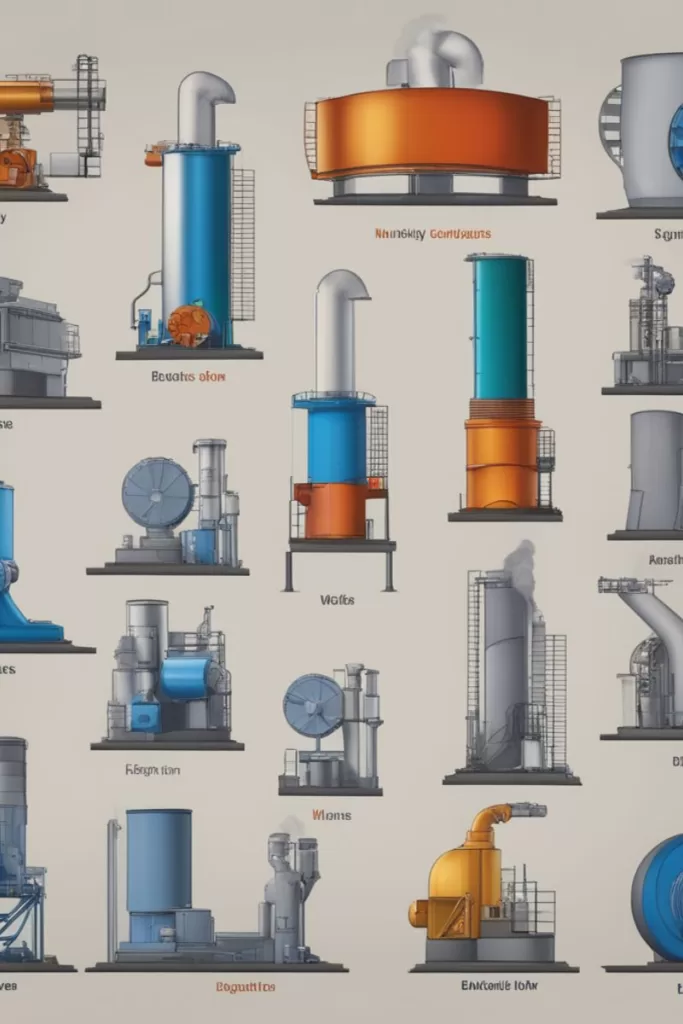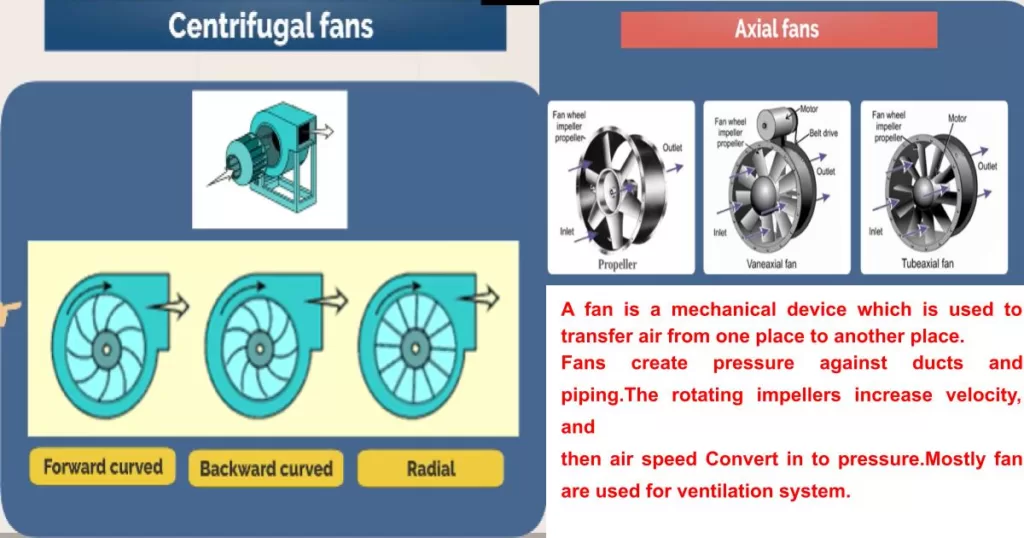Introduction of compressor
A compressor is a mechanical device that is designed to increase the pressure of a gas by reducing its volume. It is used in a wide range of industries, including manufacturing, chemical processing, oil and gas production, and refrigeration.
Compressors come in various types and sizes, ranging from small portable units to large industrial systems. The most common types of compressors include Reciprocating Compressors rotary screw compressors, centrifugal compressors, and axial compressors.
Reciprocating compressors use a piston and cylinder arrangement to compress the gas. Rotary screw compressors use two interlocking rotors to compress the gas. Centrifugal compressors use a high-speed impeller to impart velocity to the gas, which is then converted into pressure. Axial compressors use a series of rotating blades to compress the gas.
Compressors are used for a variety of applications, including powering pneumatic tools, supplying air to industrial processes, and providing the pressure needed to move natural gas through pipelines. They are also used in refrigeration and air conditioning systems to compress refrigerant gases.
Proper maintenance of compressors is essential to ensure efficient and safe operation. This includes regular inspection and cleaning of components, checking and changing filters, and monitoring fluid levels and pressures.
Basically, a compressor is a mechanical device that increases the pressure of a gas by reducing its volume. An air compressor is a type of gas compressor.
An air compressor increases the air or gas pressure at least 3 times higher than that of atmospheric pressure so the compression ratio for the compressor is more than 3. The tern compression is use for measure parameter define by total outlet pressure divided by total inlet pressure of the system. This tern is used for comparing the pumping and pressurization for compressor.
Compressors is also used for transfer gas or air from one place to another place with increased pressure, and reduced volume.
Centrifugal PUMPS
Types of compressor
Here are the most common types of compressors and their pressure ranges:
- Reciprocating compressors: These compressors can achieve pressures up to 10,000 psi (69 MPa), making them suitable for a wide range of applications, including gas transmission, refrigeration, and air conditioning.
- Rotary screw compressors: These compressors can achieve pressures up to 150 psi (1.03 MPa) and are commonly used in automotive, manufacturing, and oil and gas industries.
- Centrifugal compressors: These compressors can achieve pressures up to 10,000 psi (69 MPa) and are commonly used in air separation, gas processing, and petrochemical industries.
- Axial compressors: These compressors can achieve pressures up to 300 psi (2.07 MPa) and are commonly used in gas turbines, jet engines, and aerospace industries.
- Diaphragm compressors: These compressors can achieve pressures up to 20,000 psi (138 MPa) and are commonly used in gas and chemical processing industries.
- Scroll compressors: These compressors can achieve pressures up to 150 psi (1.03 MPa) and are commonly used in air conditioning, refrigeration, and automotive industries.
Note that the pressure ranges for each compressor type can vary depending on the specific model and application.
Positive displacement compressor
- Rotary Screw Compressor
- Screw compressor
- Lobe type compressor
- Liquid ring compressor
- Vane type compressor
- Rotary Screw Compressor: A rotary screw compressor is a type of positive displacement compressor that uses two interlocking screws to compress gas. These compressors are known for their high efficiency and reliability, and they can achieve pressure ranges of up to 200 psi (1.38 MPa) or more. They are commonly used in automotive, manufacturing, and oil and gas industries.
- Screw Compressor: A screw compressor is a type of positive displacement compressor that uses two meshing screws to compress gas. These compressors are known for their high efficiency and low maintenance requirements. They can achieve pressure ranges of up to 10,000 psi (69 MPa) and are commonly used in gas transmission and processing industries.
- Lobe Type Compressor: A lobe type compressor is a type of positive displacement compressor that uses a pair of rotating lobes to compress gas. These compressors are known for their high efficiency and low noise levels. They can achieve pressure ranges of up to 15 psi (0.1 MPa) and are commonly used in pneumatic conveying, wastewater treatment, and other industrial applications.
- Liquid Ring Compressor: A liquid ring compressor is a type of positive displacement compressor that uses a liquid ring to compress gas. These compressors are known for their simplicity and reliability, and they can achieve pressure ranges of up to 100 psi (0.69 MPa) or more. They are commonly used in chemical and petrochemical industries.
- Vane Type Compressor: A vane type compressor is a type of positive displacement compressor that uses a series of sliding vanes to compress gas. These compressors are known for their low noise levels and high efficiency, and they can achieve pressure ranges of up to 150 psi (1.03 MPa). They are commonly used in air conditioning, refrigeration, and automotive industries.
Positive displacement compressor
A positive displacement compressor is a type of compressor that works by trapping a fixed amount of gas and then compressing it into a smaller volume. As the name suggests, these compressors displace a fixed amount of gas with each cycle of operation, which allows them to deliver a constant flow rate of compressed gas. Positive displacement compressors can be further classified into two main categories: reciprocating compressors and rotary compressors.
- Reciprocating compressors use a piston and cylinder arrangement to compress the gas. As the piston moves back and forth within the cylinder, it creates a vacuum on one side, which draws in gas, and compresses the gas on the other side. Reciprocating compressors are capable of producing high pressures, making them suitable for a wide range of industrial applications.
- Rotary compressors, on the other hand, use rotating mechanisms to compress the gas. The most common types of rotary compressors are the rotary screw compressor and the vane compressor. Rotary screw compressors use two interlocking rotors to compress the gas, while vane compressors use a series of sliding vanes to compress the gas. Rotary compressors are known for their high efficiency and reliability, and they are commonly used in automotive and industrial applications.
Positive displacement compressors are often used in applications where a constant flow rate of compressed gas is required, such as in pneumatic tools, refrigeration systems, and air conditioning systems. They can also be used in natural gas processing and storage, as well as in chemical and petrochemical processes.
Dynamic compressors
Dynamic compressors are a type of compressor that works by imparting velocity to the gas stream, which then increases its pressure. There are two main types of dynamic compressors: centrifugal compressors and axial compressors.
- Axial Compressor.
- Centrifugal Compressor
- Centrifugal Compressor: A centrifugal compressor is a type of dynamic compressor that uses a rotating impeller to compress gas. The gas is drawn into the center of the impeller and then accelerated to high speeds before being discharged through a diffuser. Centrifugal compressors are known for their high efficiency and can achieve pressure ranges of up to 150 psi (1.03 MPa) or more. They are commonly used in HVAC systems, natural gas processing, and air compression applications.
- Axial Compressor: An axial compressor is a type of dynamic compressor that uses a series of rotating and stationary blades to compress gas. As the gas flows through the compressor, it is accelerated and compressed by the blades. Axial compressors are known for their high flow rates and can achieve pressure ranges of up to 300 psi (2.07 MPa) or more. They are commonly used in gas turbine engines, jet engines, and power generation applications.
The efficiency and pressure range of each type of dynamic compressor can vary depending on the specific model and application. Factors such as the size and design of the compressor, as well as the properties of the gas being compressed, can also affect its performance. It’s important to consider these factors when selecting a compressor for a particular application.
Different between dynamic compressors and positive displacement compressors
The main difference between dynamic compressors and positive displacement compressors is the way they operate.
- Dynamic compressors work by imparting velocity to the gas stream, which then increases its pressure. The gas is drawn into the compressor and accelerated to high speeds before being discharged at a higher pressure. Examples of dynamic compressors include centrifugal compressors and axial compressors.
- Positive displacement compressors, on the other hand, work by trapping a fixed volume of gas and then compressing it to a higher pressure. The gas is drawn into the compressor and then trapped between two moving parts, such as pistons or gears, before being compressed and discharged at a higher pressure. Examples of positive displacement compressors include reciprocating compressors, rotary screw compressors, and vane compressors.
Another difference between the two types of compressors is their operating characteristics. Dynamic compressors are better suited for applications that require high flow rates and relatively low pressure ratios, while positive displacement compressors are better suited for applications that require higher pressure ratios and relatively lower flow rates. Additionally, dynamic compressors are generally more efficient at higher flow rates, while positive displacement compressors are generally more efficient at lower flow rates.
Overall, the choice between a dynamic compressor and a positive displacement compressor depends on the specific application and its requirements for flow rate, pressure, and efficiency.
Positive displacement compressor
- It can compress the fluid in a fixed amount
- Velocity of fluid need not be increased
- Discharge fix amount of flow with varies in output pressure.
Dynamics compressor
- Compress the fluid in continuous operation
- Velocity of fluid needs more than positive displacement type
- Output flow rate is in variable form with pressure as well
Different between compressors and pump
Compressors and pumps are both mechanical devices that are used to move fluids, but there are some important differences between them.
- Function: The main function of a pump is to move a fluid from one place to another by creating a flow or pressure difference. In contrast, the main function of a compressor is to increase the pressure of a gas by reducing its volume.
- Fluid Type: Pumps are typically used to move liquids, such as water, oil, or chemicals. Compressors, on the other hand, are used to compress gases, such as air, natural gas, or refrigerants.
- Operating Principle: Pumps work by using a mechanical action to create a pressure difference, which causes fluid to flow from an area of high pressure to an area of low pressure. Compressors work by using mechanical energy to decrease the volume of gas, which in turn increases its pressure.
- Design: Pumps are typically designed with impellers or diaphragms that move fluid by creating a pressure difference. Compressors, on the other hand, are designed with rotating blades, vanes, or screws that compress gas by reducing its volume.
- Pressure Range: Pumps are typically used to create relatively low to moderate pressure ranges, typically up to a few hundred PSI. Compressors, on the other hand, are typically used to create much higher pressure ranges, ranging from a few hundred PSI to thousands of PSI.
In summary, pumps are used to move liquids by creating a flow or pressure difference, while compressors are used to increase the pressure of gases by reducing their volume. While there are some similarities between the two devices, the differences in their operating principles, design, and pressure range make them distinct mechanical devices.


